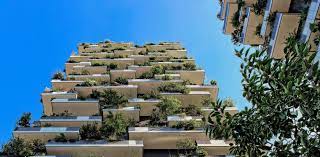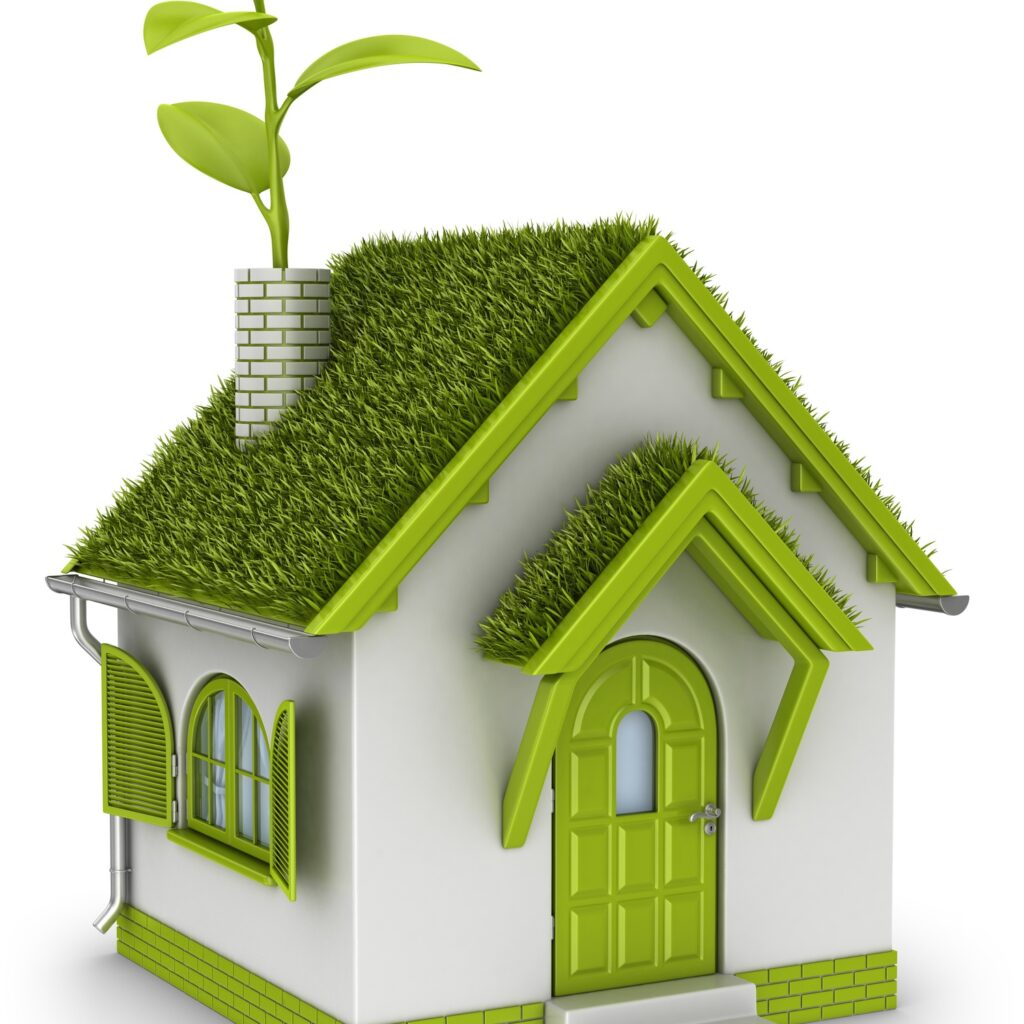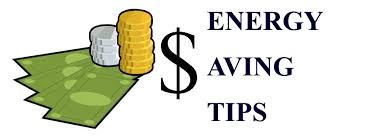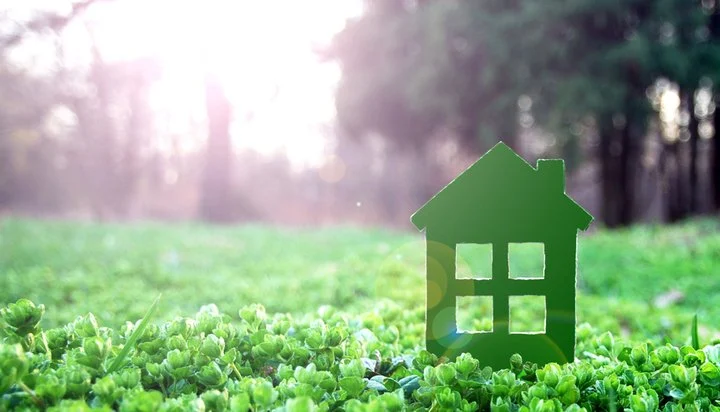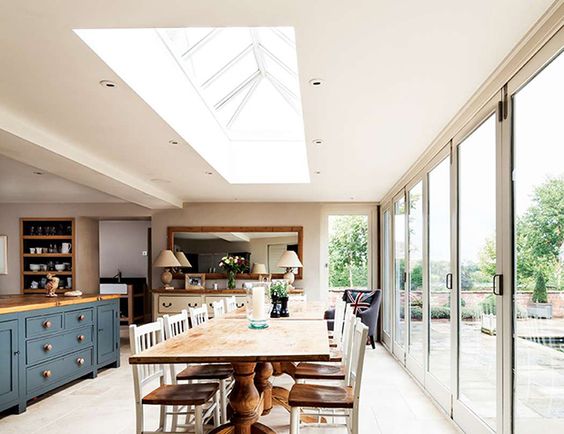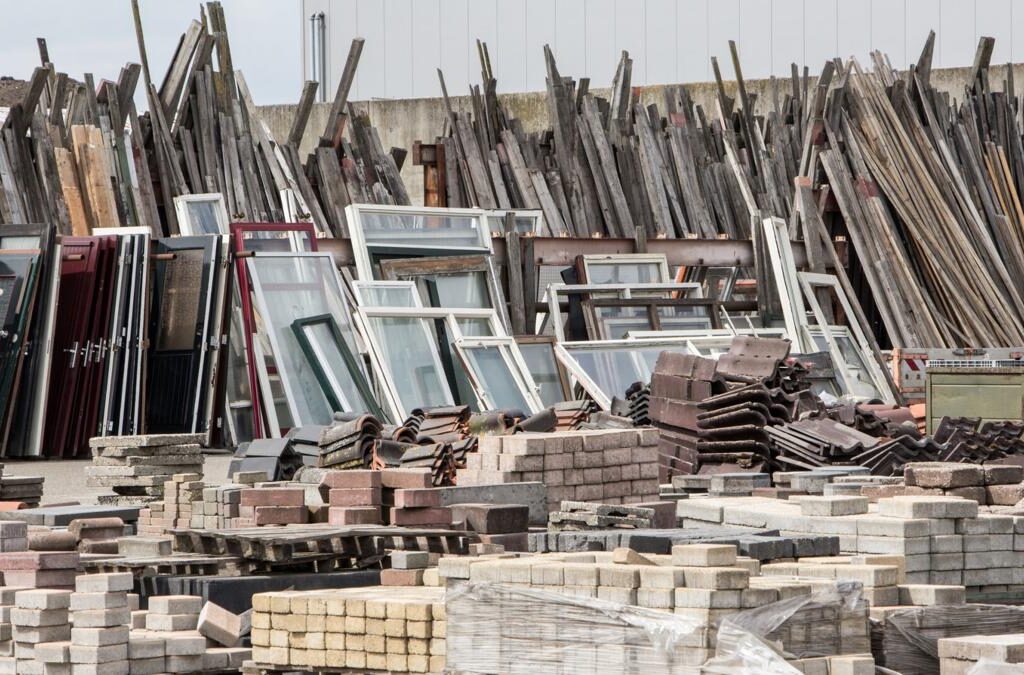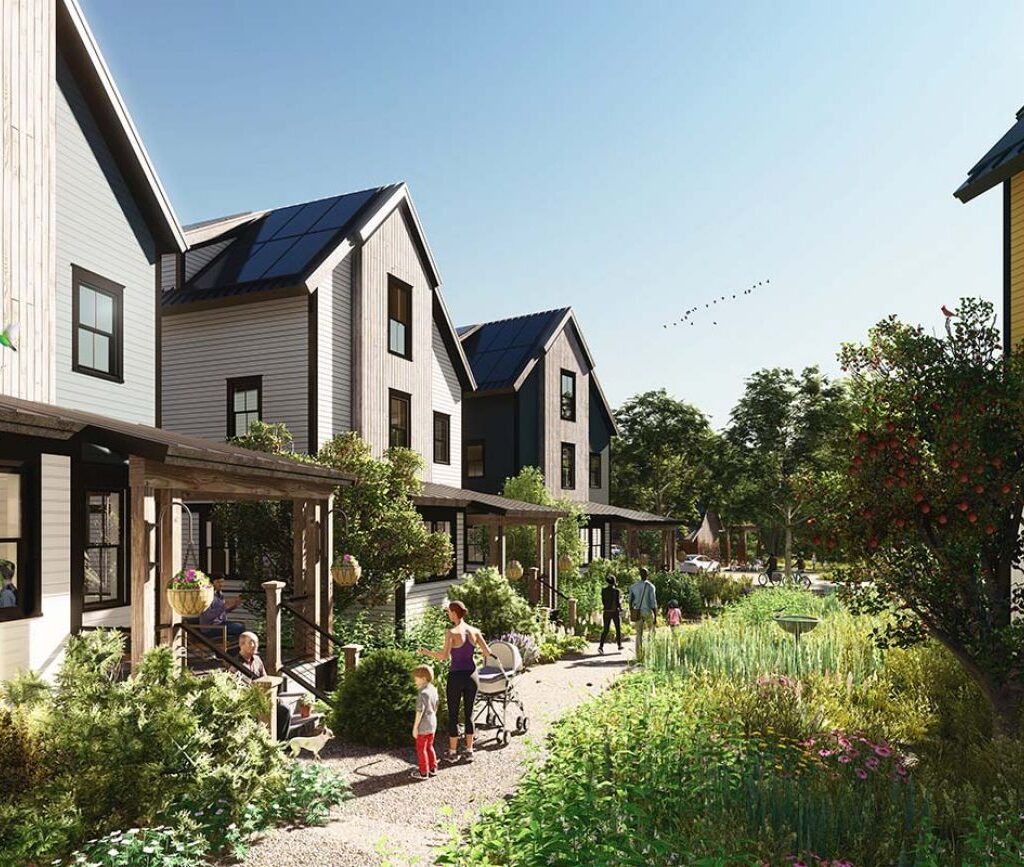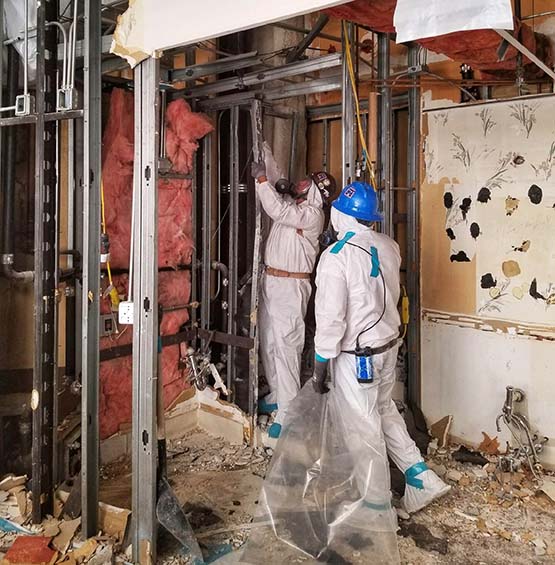Real Estate Advertising Ideas

When building customer-base for real estate, success is not an overnight feat. It will involve a lot of hard work. Letting other people know of your business or about the property you sell does not totally mean that you have to place lots of text-based ads all over. You have to be creative to excite your potential buyers. Here are some tips for your next real estate advertising goal.
Create a video walk through of the house. Take advantage of the technology offered by smartphones and drones. Using them plus your creativity, you can shoot at different parts of the house to present realistic view of what you are selling.
Build free offers to collect email addresses. If you are observant, you probably can see that a lot of websites and blogs have pop-ups offering free trials, free newsletters, pdf downloads of articles, and a lot more. By simply filling out the electronic forms, users can give you email addresses which you can later use to send out your offers of real estate properties being sold.
Be a resource person for local TV networks and radio stations. By being an expert person on real estate, you can actually gain the attention of local TV networks and radio stations. It’s like applying for a job but if you’re able to hook with them, you will have a great venue to advertise the properties in your portfolio. You can email them to send either a letter stating your endeavor or a short video presenting yourself as an expert and willing to be their resource person on subjects related to real estate.
Take advantage of the trending internet memes. Admit it or not, you are also among the bunch of internet users who are enthused with the trending memes we see. They carry a range of graphics ranging from animation characters, Hollywood stars, animals, and a lot more. Depending on the graphics and the texts that go with them, they become instruments to send-off messages to those who see them. With this said, then you can have memes that actually persuade people to buy the property you are selling or call them to action to avail your services as a real estate agent.
Have video testimonials done by previous clients. Go beyond the usual testimonials which are fully textual and placed on specific sections of the website or blog. Instead, ask for video testimonials from your past clients. Aside from presenting their real experiences, you present real people to potential customers.
Go unique. Go beyond the usual. Exhaust your creative juice to excite your clients. Real estate marketing is tasking and will need you to work your way to become a brand and an authority.


